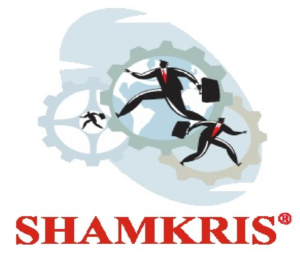Non-Metallic Mineral Products Industry
Non-Metallic Mineral Products Industry?
Non-metallic mineral products comprise of the production of cement, ceramics, glass, and lime. These manufacturing sectors are characterised by the transformation of naturally occurring minerals such as limestone, silica, and clays through an energy‑intensive process. The end products range from bricks and tiles to glass and tableware. The European Commission promotes the competitiveness of all these sectors and encourages them to improve their resource and energy efficiency.
Why non-metallic mineral products are important
- Diverse products – output ranges from construction products such cement, bricks and tiles, sanitary ware, and glass to consumer products such as tableware and decorative goods.
- Manufacturers – companies range from global players (in the cement, flat glass, and bricks industries) to small and medium-sized companies (in the ceramics industry and parts of the lime industry).
- EU Economy – production in non-metallic mineral products was worth EUR 88.6 billion in 2006. This is about 5.2% of total manufacturing outputs in the EU.
- Employment – the industry employed more than 1 million people in 2013.
Non-Metallic Mineral Products

Manufacture of flat glass

Shaping and processing of flat glass

Manufacture of hollow glass
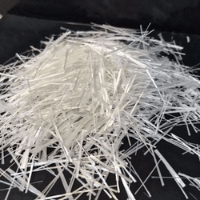
Manufacture of glass fibres
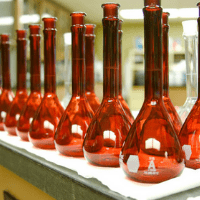
Manufacture and processing of other glass, including technical glassware
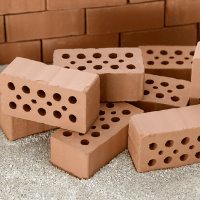
Manufacture of refractory products

Manufacture of ceramic tiles and flags
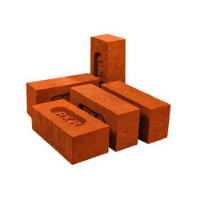
Manufacture of bricks, tiles and construction products, in baked clay
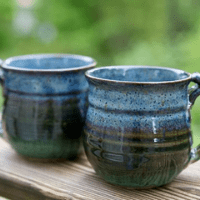
Manufacture of ceramic household and ornamental articles

Manufacture of ceramic sanitary fixtures
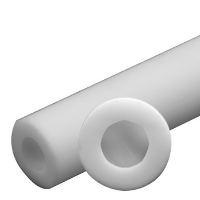
Manufacture of ceramic insulators and insulating fittings
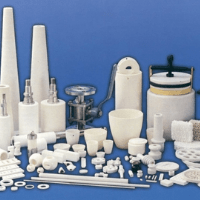
Manufacture of other technical ceramic products

Manufacture of other ceramic products
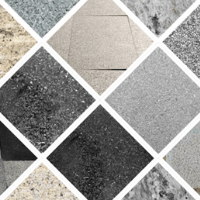
Cutting, shaping and finishing of stone

Production of abrasive products
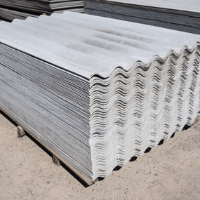
Manufacture of other non-metallic mineral products n.e.c.
Role of Shamkris
A Project Report is a document that provides details on the overall picture of the proposed business. The project report gives an account of the project proposal to ascertain the prospects of the proposed plan/activity.
Shamkris will provide a Project report covering Industry License requirements, competitor analysis, Land requirements, machinery requirements, equipment requirements, and financial requirements.
Some of the areas covered in the project report are outlined below:
- Introduction
- Project Description
- Uses and Applications
- Market Survey
- Raw Materials
- Manufacturing Process
- Process Description
- Process Flow Diagram
- Plant Layout
- Details of Plant & Machinery
- Suppliers of Raw Materials
- Suppliers of Plant & Machinery
- Plant Location Factors
- Land & building Required
- Power and Water Required
- Details of Manpower Required
- Financials of the Project
- License and application Certificate
Financials of the Project includes:
- Land and Building Costs
- Plant and Machinery Costs
- Other Fixed Assets
- Fixed Capital Investment
- Raw Material Costs
- Salaries and Wages
- Total Working Capital
- Cost of Project
- Total Capital Investment
- Cost of Production
- Turnover per Annum
- Profitability Analysis
- 5-year Profit Analysis
- Break-even Point
- Resources of Finance
- Cash Flow Statement
- Projected Balance Sheet
FAQ
Limestone is a sedimentary rock (an organic sedimentary rock ). It is composed of calcium carbonate and magnesium or mixture of these two constitutes. From the given options, limestone is a non-metallic mineral.
Give two examples of non- metallic mineral fuels from the options given below: Iron Ore, Bauxite. Coal, Petroleum. Manganese Ore, Bauxite.
